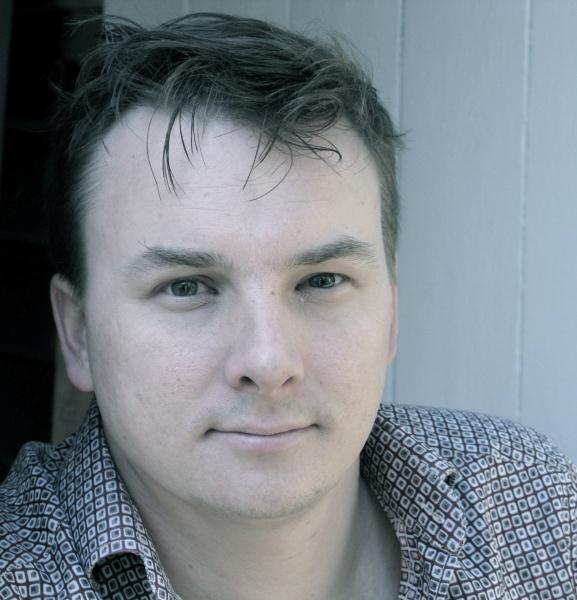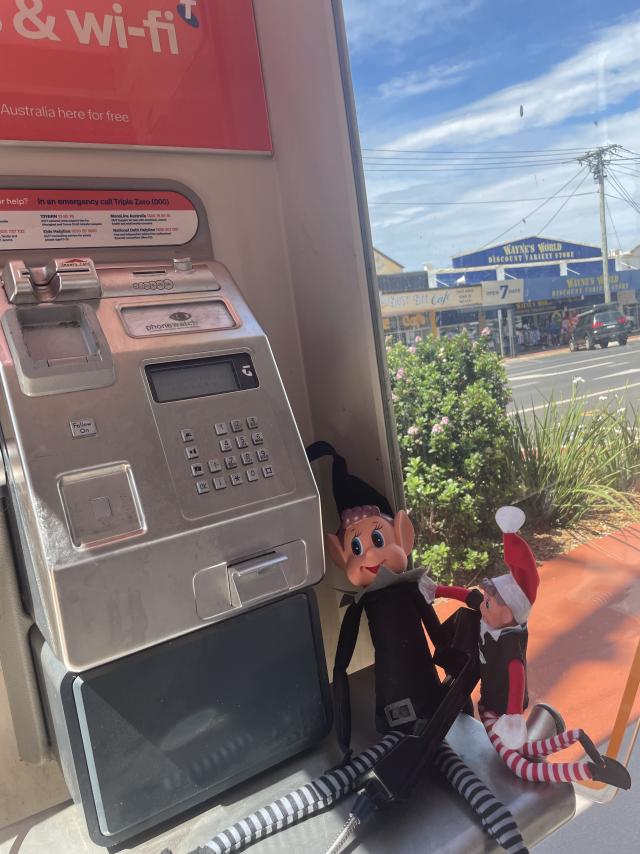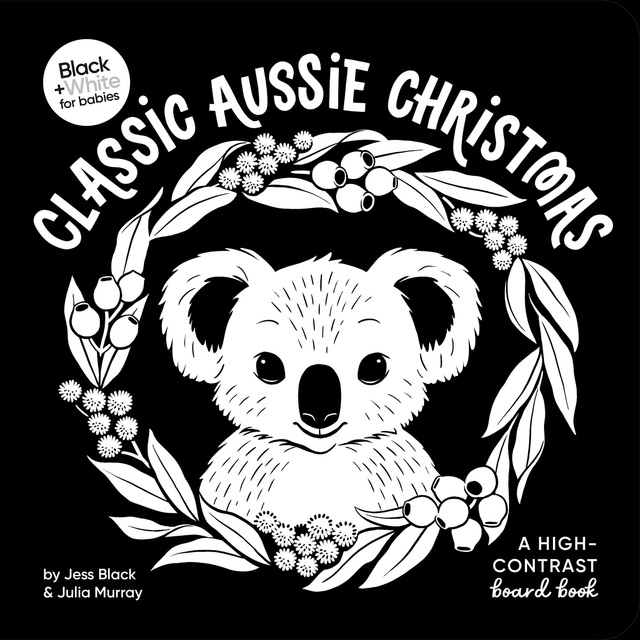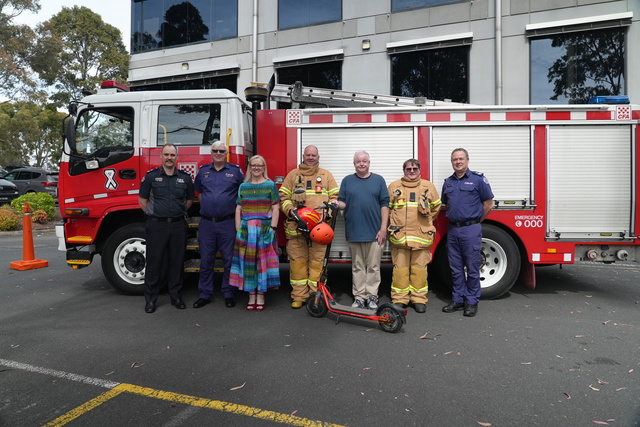By EMMA SUN
SQUIZZY Taylor was arguably one of Australia’s most famous gangsters of all time.
He was known for his involvement in robberies, murders and gang feuds.
And in the height of his notoriety, he would often travel to his hideout in the hills.
Andy Muir, screen writer and story researcher details Squizzy’s life in his new book Underbelly: Squizzy, where he was a household name in the 1920s for all the wrong reasons.
Mr Muir said there were many stories about Squizzy being involved in a house in Upwey during the time of the Fitzroy vendetta, which was a violent feud between rival criminal gangs that lasted for several months.
“It was a party house, he’d supply the grog and prostitutes and people would go up for the weekend and have a ravenous party,” he said.
“I couldn’t find the concrete proof of where it was, but the anecdotes are very strong in that area.
“There was also a parliamentarian who had a holiday house/weekender in the Dandenongs, and he was involved with Squizzy and his bribing of the officials.”
Mr Muir said he thought Squizzy chose the hills as it was a nice place to get away and out of the spotlight.
“He came from the slums, from the inner city and if you had the chance to get somewhere in the country, I think he’d grab it,” he said.
“He was also quite into horseracing, it was a huge part of his interests, he would go quite often to the Gippsland races, and I suspect having somewhere in the Dandenongs would be quite convenient.
“I think it makes sense to have this space he has complete control over and I’d imaging it would be somewhere where he could see approaching people and what was going on.”
Underbelly: Squizzy is written through the eyes of a police officer working his case, from the criminal’s beginnings as a pickpocket in 1907 to his demise in the hands of a rival gangster in 1927.
Mr Muir said Squizzy was truly a master criminal.
“It’s a great story, he’s Melbourne’s favourite crook,” he said.
“It shows the breadth of his career, the big events he was involved in, and it is a fascinating part of Melbourne’s history.”







